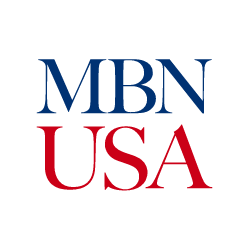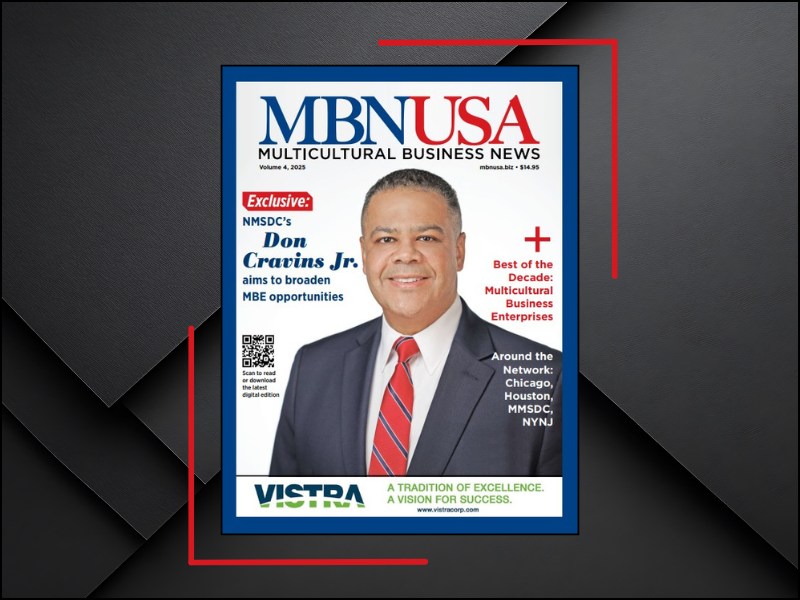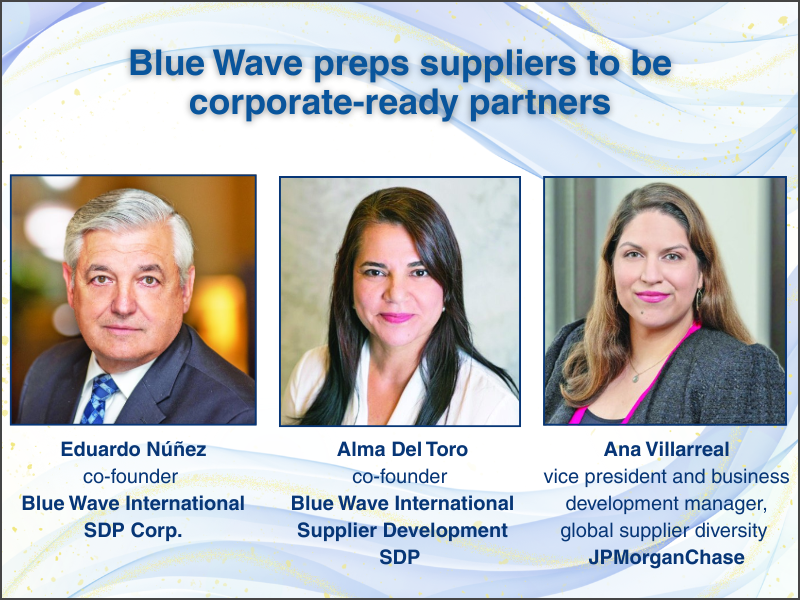“Becoming a member of
BDR not only was about getting a spot on the BDR list, but also it was about
illustrating to suppliers and the diverse communities that our patients live in
that we are committed to providing opportunities and creating economic impact
through our business practices.”
Q: When did your company
begin its supplier diversity program?
A: 1985.
Q: Can you tell us a bit
about your supplier diversity program history?
A: Merck’s Economic
Inclusion and Supplier Diversity Program celebrated its 36th anniversary this
year. It held its first Minority Business Opportunity Fair in Rahway, New
Jersey, in 1985, where 25 minority- and women-owned businesses were invited to
meet with Merck and discuss business opportunities. Five of these original 25
diverse suppliers continue to do business with Merck today.
Supplier diversity
became a strategic business initiative in 2005, and in 2007, supplier diversity
was added to the corporate scorecard. By 2015, Merck’s program became global,
extending beyond EMEA [Europe, Middle East and Africa] and NORAM [North America
and Mexico] to JCAP [Japan China Asia Pacific] and LATAM [Latin America] as
well. The name of the program officially changed to Economic Inclusion &
Supplier Diversity.
In 2016, the program
became a part of the Executive Committee’s Scorecard, and in 2017, Merck joined
Billion Dollar Roundtable [Inc.], spending over $1 billion annually with
diverse businesses. Last year was one of celebration with the 35th anniversary
of the Economic Inclusion & Supplier Diversity Program.
To celebrate this
milestone, we decided to revamp our Tier II program and launched the first
Virtual Engagement Center. The revamp included two events in June and November
2020 that invited diverse suppliers globally and domestically to connect with
procurement, attend panel discussions featuring leadership and meet prime
suppliers in the virtual exhibit hall.
Q: Why did your company
decide to become a member of BDR?
A: Merck set out to be a
member of BDR, as membership represents a prestigious concept — spending over
$1 billion annually with diverse suppliers. As a company that holds economic
inclusion and supplier diversity as its key pillars and strategic business
imperatives, it was important to Merck leadership and employees to put into
action and demonstrate a commitment to spending with diverse businesses.
Becoming a member of BDR not only was about getting a spot on the BDR list, but
also it was about illustrating to suppliers and the diverse communities that
our patients live in that we are committed to providing opportunities and
creating economic impact through our business practices.
Q: Besides having a $1 billion annual spend with
diverse suppliers, what does it take to be a BDR company?
A: Beyond having a $1
billion annual spend with diverse suppliers, it takes commitment to the diverse
supplier community and internal engagement to ensure the utilization of diverse
suppliers results in economic impact.
It’s not about counting
the spend but making the spend count. It’s not enough to check a box and
utilize a diverse supplier; it’s about providing opportunity for development
and growth to diverse businesses.
Through the utilization
of diverse businesses, we can measure the economic impact our spend has within
the communities our diverse suppliers live and work in. It can be measured by
jobs created/sustained by that spend, as well as the wages paid by that spend
to the diverse businesses. To be a BDR company, you must look beyond the number
and become capable of measuring the economic impact of diverse spend and
instill a culture of economic inclusion and supplier diversity across your
organization.
Q: What are some best
practices or lessons learned you can share with companies striving to reach the
$1 billion diverse spend mark?
A: A best practice to
share with companies striving to reach the $1 billion diverse spend mark is
ensuring there is executive buy-in and support for diverse suppliers. To create
a sustainable and holistic commitment to economic inclusion and supplier
diversity, top-down support is needed. Merck considers economic inclusion and
supplier diversity as business imperatives and key pillars to the organization;
leadership has continually instilled the importance of utilizing diverse
suppliers across the entire enterprise.
Q: What advice would you
give to
A: This is a tip rather than advice. If you are seeking to become a BDR member, please get a copy of the BDR “Supplier Diversity Best Practices” book. It outlines all the best practices in supplier diversity — tools, techniques, technologies and tips — simplifying the information, making it easily accessible and providing ideas and solutions for supplier diversity programs.
Q: What advice do you
have for MBEs interested in doing business with your company?
A: MBEs interested in
doing business with Merck should view supplier diversity individuals as their
advocates within the corporation to ensure they have access to business
opportunities and can connect with the appropriate procurement individuals.
Doing business with
diverse suppliers is one of our key pillars. However, being a certified diverse
supplier does not guarantee business with Merck. An MBE will still need to meet
project qualifications and show how you can set yourself apart and bring value
to the organization.
To learn more about Merck’s supplier diversity
program, visit merck.com/company-overview/suppliers.





